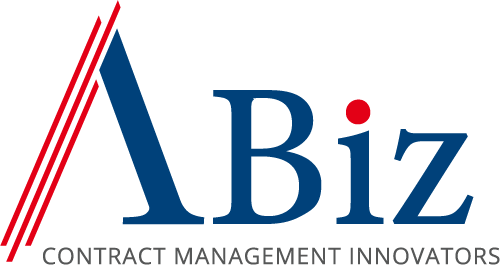In many companies, a contract management department is an overhead function, a cost center, an area that is often the target of cost cutting efforts. What would happen if companies started thinking of contract management as a profit center and a business partner with goals and objectives aligned to the company financial objectives? Let’s explore some of the things a commercial contact management organization can contribute to enhancing a company’s financial position, starting with the pre-execution phase of the contract lifecycle.
Negotiation: One of the obvious and early ways a contract manager can affect the financials is during the initial preparation and negotiation of the contract. When in negotiation, each change must be analyzed to determine how it might affect other parts of the contract, including the pricing and profit strategy. For instance, an increase in a service level metric might possibly mean more oversight or higher level technicians or additional monitoring equipment which translates into additional cost. In a supply environment, negotiation of discounts for volumes or prompt payment discounts are a couple cost savings examples. A commercial contract manager analyzes these aspects during the negotiation, advising how these changes affect the quoted prices, profit margins and cash flow and then negotiating an equitable adjustment to all the affected elements of the contract, in addition to negotiation of the legal/contractual terms and conditions.
Risk Register: Establishment and management of a negotiation risk register is another important pre-execution activity. All risks should be either negotiated to a satisfactory solution, mitigated by some offsetting action or concession, or knowingly absorbed to be handled in the future. Having a good grasp of the risks encountered and the actions needed to be taken during the negotiation of a contract or after execution is important to the profitability of the contract and the ongoing success of the business relationship. This is also a key responsibility of the contract management team in this phase of the lifecycle.
To illustrate the importance of risk management beginning in the pre-execution phase and the significant role of the commercial contract manager, I will refer to an International Association for Contract & Commercial Management (IACCM) study, “The Ten Pitfalls of Contract Management”, which states: “There has been a tendency over recent years for the economic basis of commercial decisions to become subordinate to legal and compliance concerns. This has resulted in an unbalanced approach to risk management, with fears over risk consequence dominating the process, to the exclusion of wider commercial considerations and assessment of risk likelihood. Many relationships therefore lack the mechanisms for proactive risk alerts and collaborative approaches to revision and change. This is a serious defect since, over the last 5 years, the need for significant revision or renegotiation of contracts during their execution phase has increased by almost 40%.”
These are just a few ideas in the pre-execution stage of the contract lifecycle that can create a significant impact to a company’s profitability and cost improvement efforts without the drastic step of actually reducing staff. I invite others to share their ideas on how contract management can help a company’s bottom line.
Coming up next: We will explore some of the post-execution methods to exhibit the value and impact a contract management organization can make.
Please visit our ABiz Corporation website at www.abizcon.com and follow us on our LinkedIn, Facebook, Google+ and Twitter pages.



